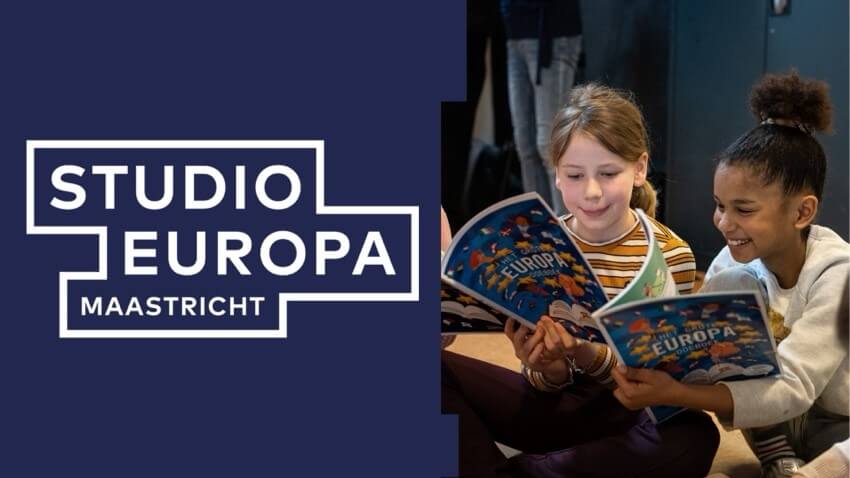This website uses cookies so that we can provide you with the best user experience possible. Cookie information is stored in your browser and performs functions such as recognising you when you return to our website and helping our team to understand which sections of the website you find most interesting and useful.
The Maastricht Treaty



The EHL Site
The 1992 Maastricht Treaty is one of the most important treaties in the history of post-war Europe. The member states of the European Community signed the treaty to establish the European Union and lay the foundations for the introduction of the euro in 1999. They also agreed to extend their cooperation by working together in new areas such as culture, migration, the fight against terrorism and combating transnational crime.
Very few treaties influence the daily lives of Europeans to the extent that the Maastricht Treaty does. It also introduced the EU citizenship, for example. This citizenship is granted automatically to anyone who holds the nationality of an EU country (i.e. Dutch, Belgian or Italian) and guarantees a number of rights, including the right to live, work and study anywhere in the EU.
The 1991 European summit of Maastricht
The Treaty of Maastricht came into being during a European leaders’ summit in the city of Maastricht, the capital of the Dutch province of Limburg, on the 9th and 10th of December 1991. At that time the European Community still consisted of 12 member states. On the 7th of February 1992 the ministers of finance and foreign affairs signed the treaty on behalf of their governments at Limburg’s Provincial Government Building. The treaty then came into force on the 1st of November 1993.
In 2018, the Maastricht Treaty was awarded the European Heritage Label, with an application managed by the Province of Limburg, the Netherlands.
European dimension
As the founding document of the European Union, the euro and the EU-citizenship, the Maastricht Treaty literally embodies the integration history of Europe and the promotion of EU values. It is European heritage in its purest sense.
The organization
THE PROVINCE OF LIMBURG & STUDIO EUROPA MAASTRICHT
The Province of Limburg is the holder of the European Heritage Label for the Treaty of Maastricht. The Province develops the site in cooperation with Studio Europa Maastricht, a centre of expertise for Europe-related academic research, European heritage and public debate – and part of Maastricht University.
Archive and events
The Maastricht Treaty is intangible heritage: it’s the agreements concluded with the treaty in 1992, and the ideas behind them, that received the European Heritage Label in 2018. To develop this challenging site, the Province of Limburg has commissioned Studio Europa Maastricht to collect historical data – documents and eyewitness accounts – on the history of the treaty and its impact on today’s Europe. The collected data is made public via a special Europe archive. The archive and the research involved, provide the academic basis for a wide range of educational projects and public events in various languages on the history and impact of the treaty, focusing especially on young people.
For example, Studio Europa Maastricht publishes My Big Activity Book about Europe. In this book full of puzzles, assignments and interesting facts, children aged 9 – 12 learn all about the Maastricht Treaty and the EU.
